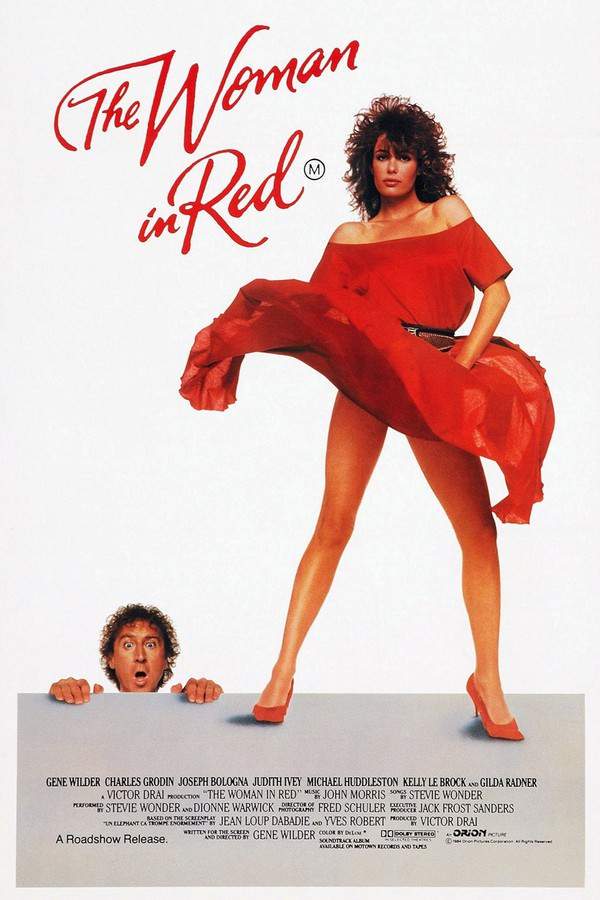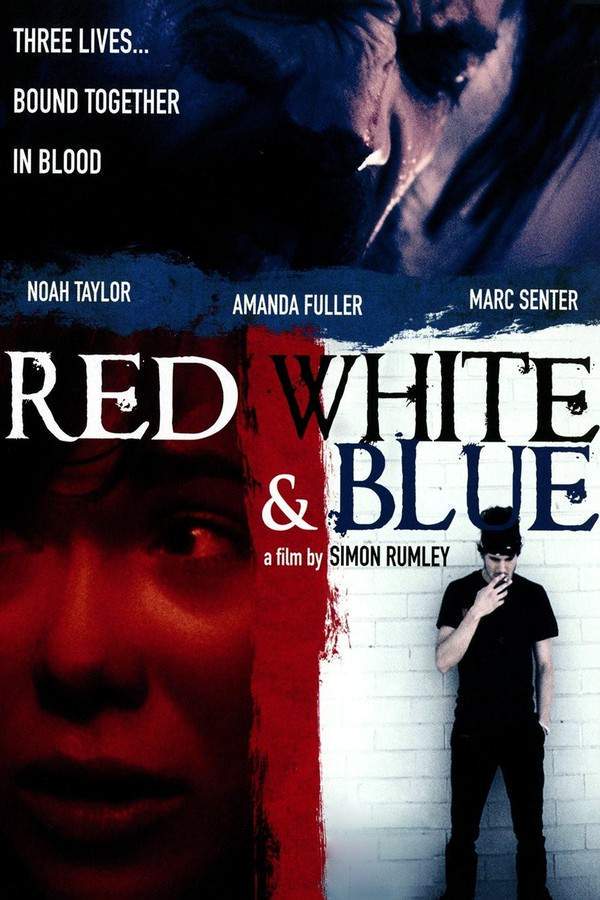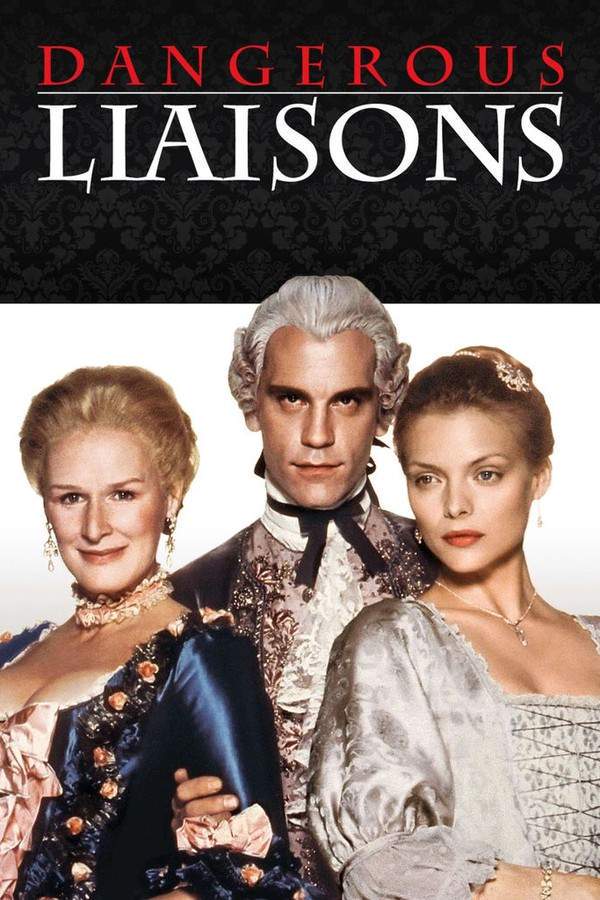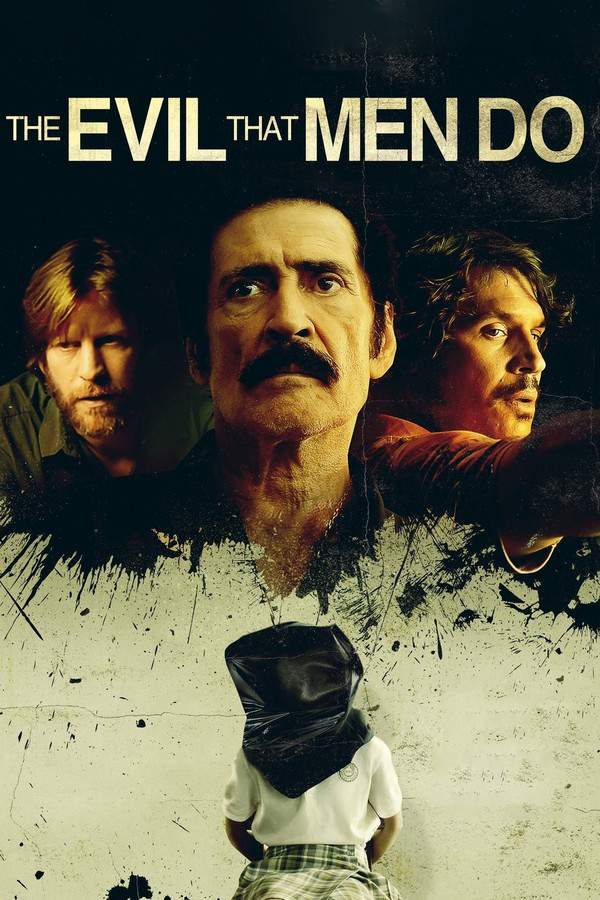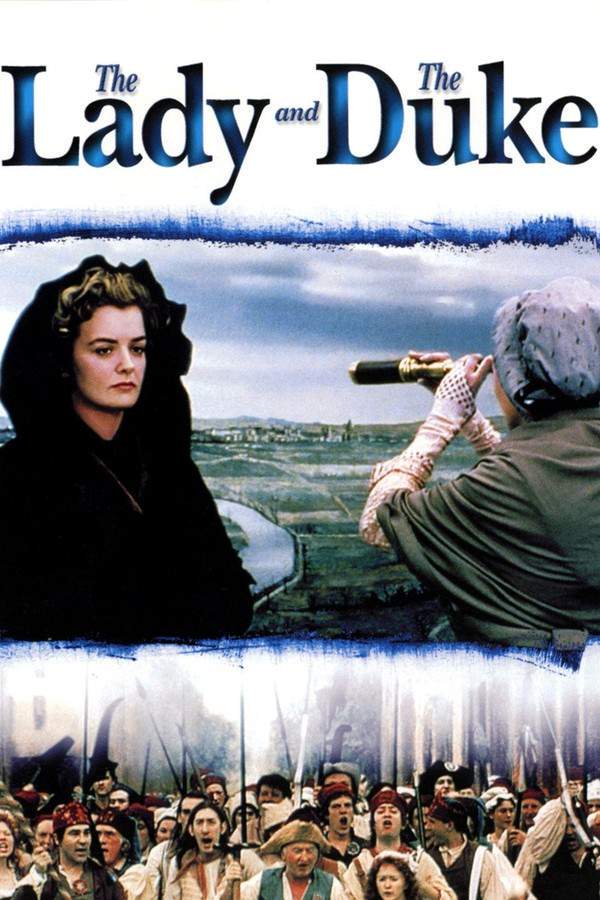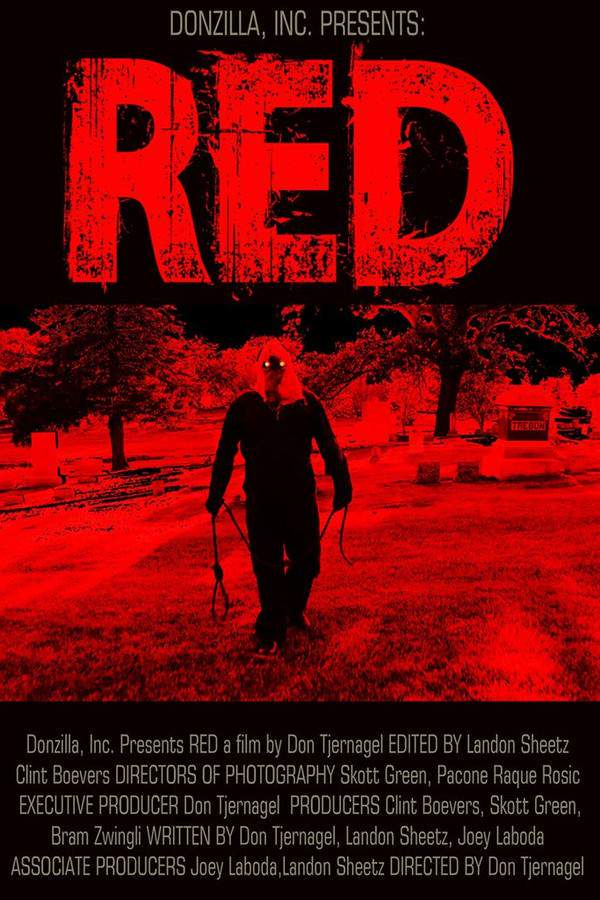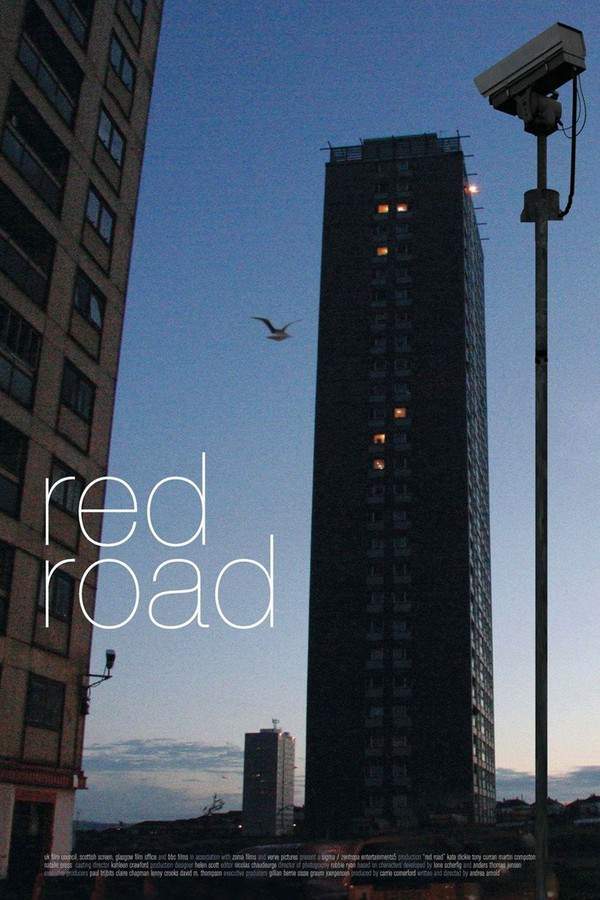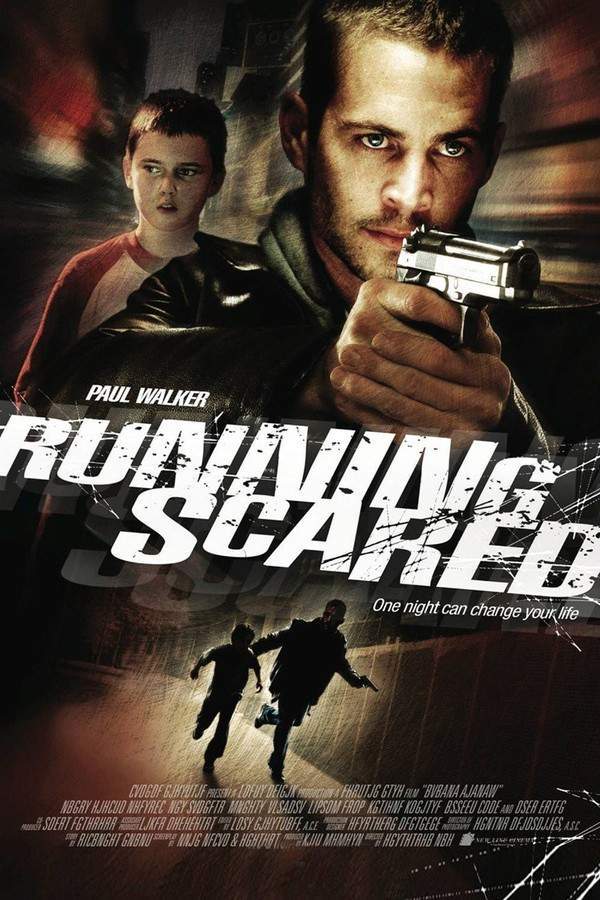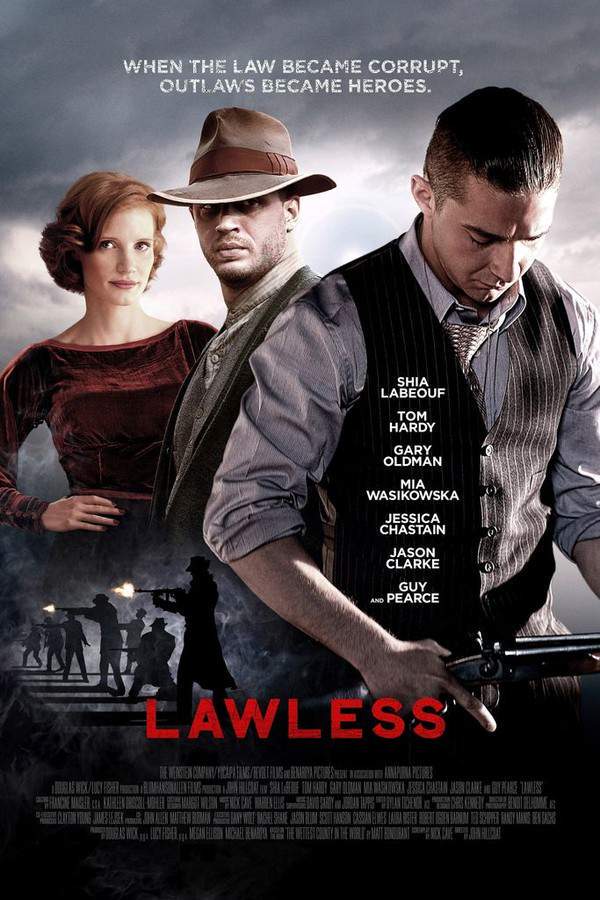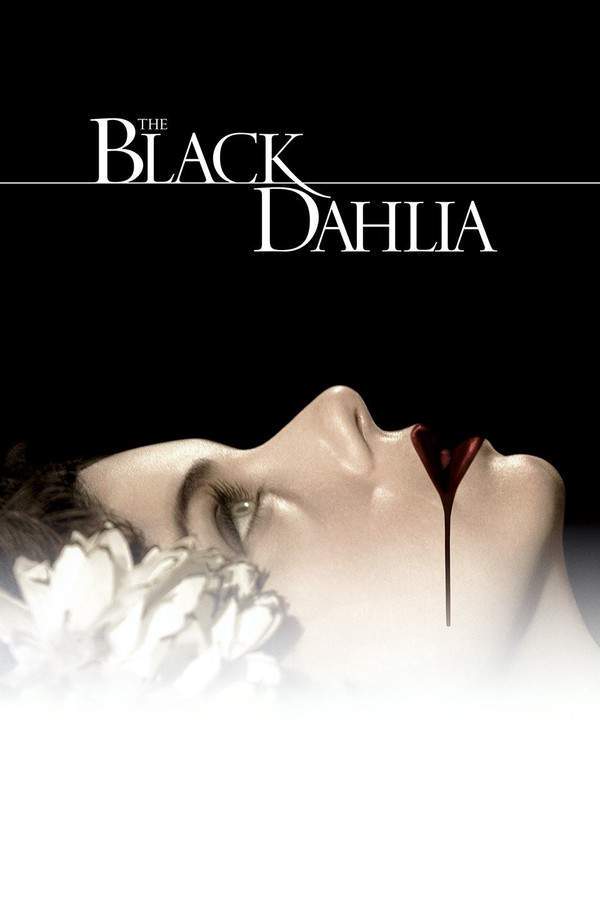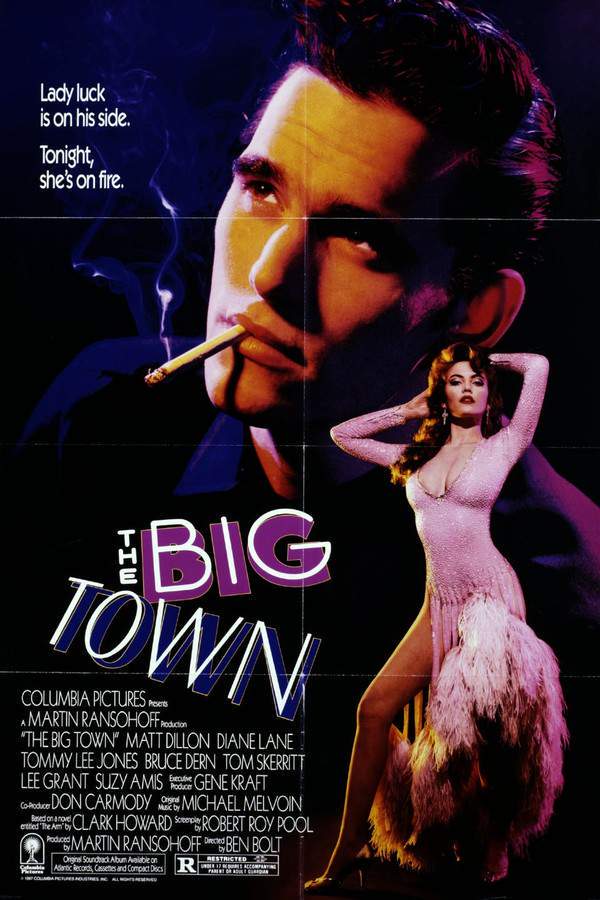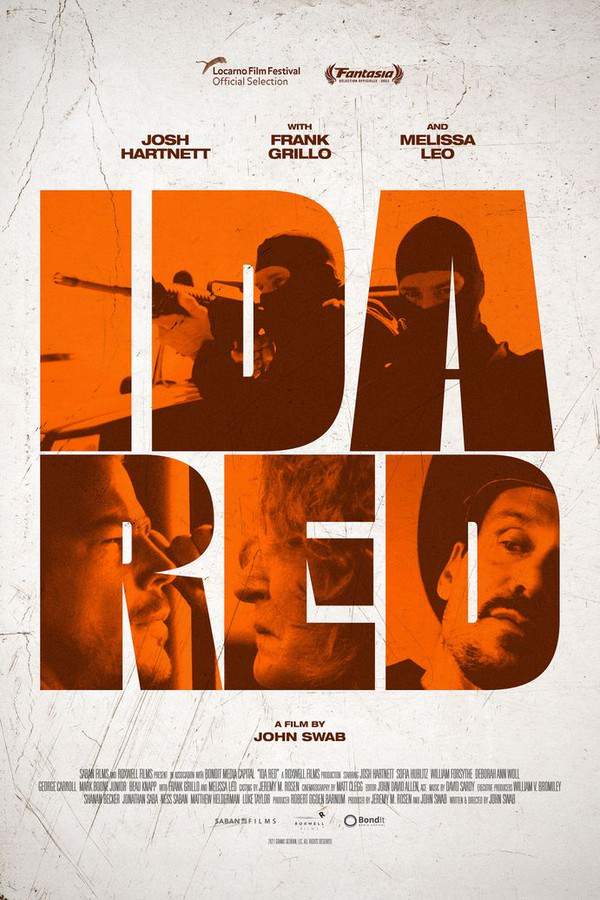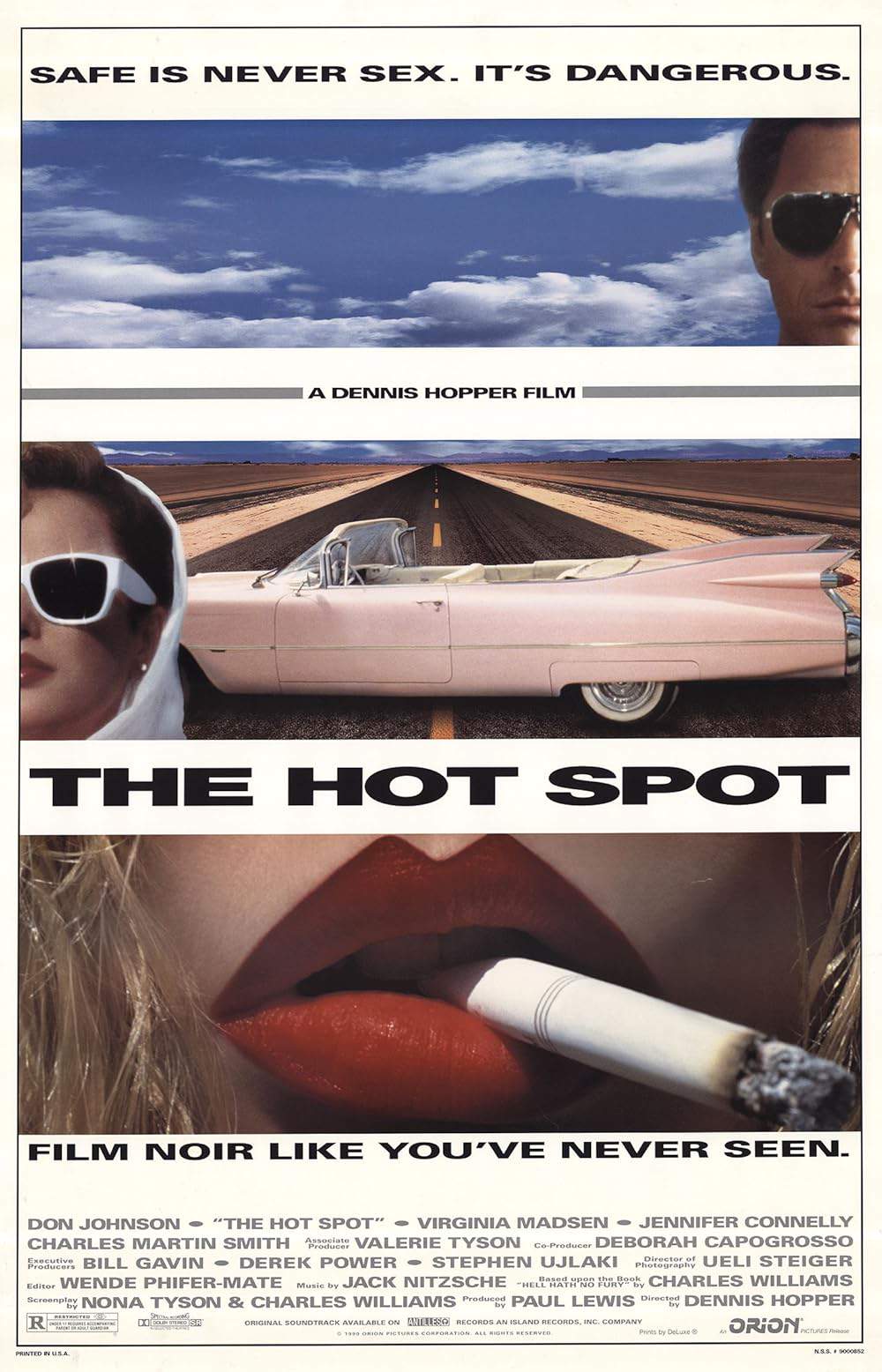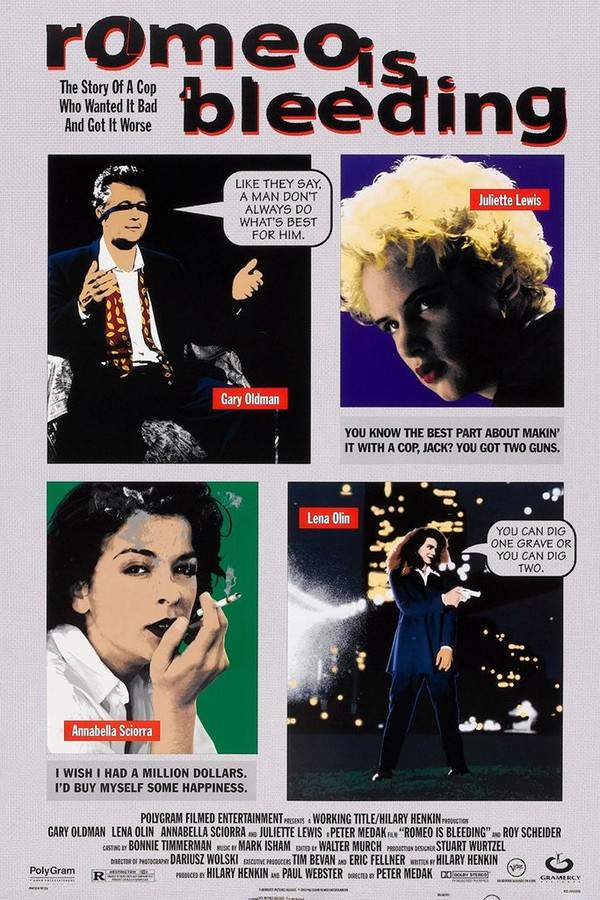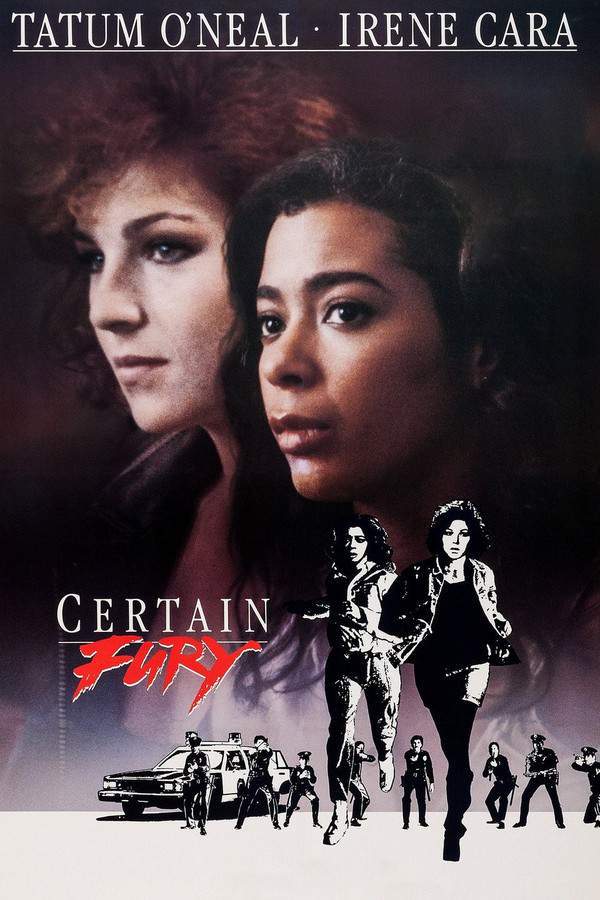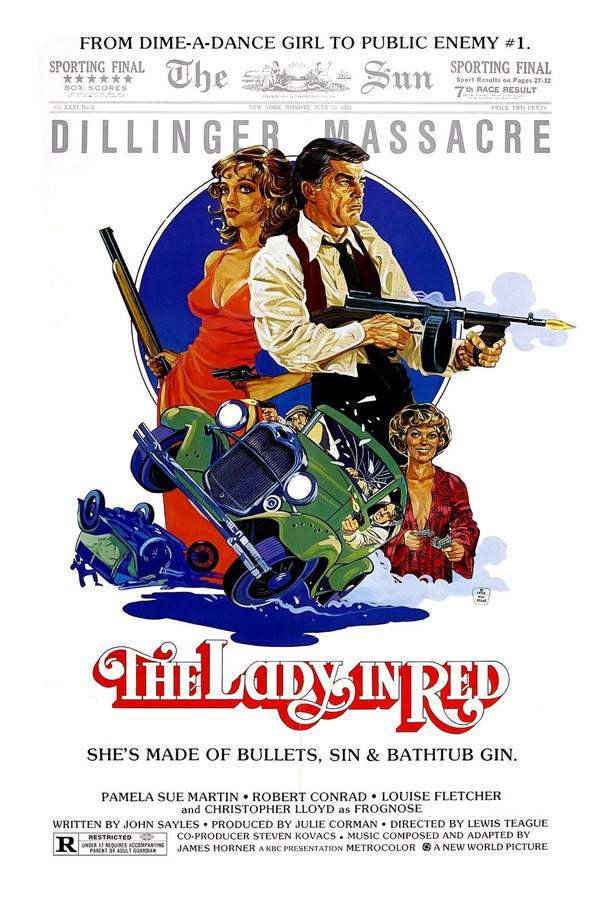
The Lady in Red
Year: 1979
Runtime: 93 min
Language: English
Director: Lewis Teague
Amidst a backdrop of lawlessness, a young farm girl leaves her rural life to join forces with notorious outlaw John Dillinger. She finds herself immersed in a world of high-stakes crime, seduction, and danger within smoky jazz clubs and gritty city streets. As their passionate romance blossoms, they navigate a treacherous path where forbidden love and constant peril threaten to tear them apart.
Warning: spoilers below!
Haven’t seen The Lady in Red yet? This summary contains major spoilers. Bookmark the page, watch the movie, and come back for the full breakdown. If you're ready, scroll on and relive the story!
The Lady in Red (1979) – Full Plot Summary & Ending Explained
Read the complete plot breakdown of The Lady in Red (1979), including all key story events, major twists, and the ending explained in detail. Discover what really happened—and what it all means.
Polly Franklin is a farm girl in the Midwest during the height of the Great Depression. While running into town on errands, she witnesses a bank robbery and is taken hostage, a sequence that sets off a harrowing chain of events. A slick, self-serving journalist named Jake Lingle corners her, seeking a sensational story, but instead uses her for a sleazy angle and then discards her without ever delivering the truth. When Polly returns home late, her father, a widowed preacher, disciplines her in a way that feels more punitive than protective. This brutal start pushes Polly to flee to Chicago, hoping to find a life away from the small-town judgment she’s left behind.
In the city, Polly finds brutal new realities. She takes a job at a sweatshop run by a cruel, lecherous boss named Patek, where the working conditions are harsh and the power dynamics are ruthlessly stacked against the workers. There she befriends Rose Shimkus, a sharp-witted Jewish communist who invites Polly to share a room and a life with her. Rose’s world is dangerous and politically charged, and her arrest on suspicion of aiding a coworker in an abortion linked to Patek pulls Polly deeper into a web of crime, labor unrest, and state scrutiny. Polly’s leadership shines when she helps organize a revolt among the sweatshop workers, an act that earns them all firing, muting any hope of a straightforward escape from exploitation.
Polly’s path through Chicago’s underbelly continues as she takes a job as a taxi dancer, a position that quickly lands her in trouble and in prison, wrongly labeled as prostitution. Behind bars, Polly reunites with Rose and finds work doing laundry to survive the harsh conditions. The prison becomes a brutal classroom where guards, notably the cruel Tiny Alice, torture inmates and target Black prisoners in particular. Alice’s sadistic control becomes a relentless threat; Polly refuses to submit, even as the pressure mounts. The conflict intensifies when Polly stands up for a sick Rose, sparking a confrontation that reveals the ferocity of fear in that environment. Facing an extended sentence, Polly makes a dangerous choice: she agrees to be sent to a brothel, a decision that comes with a cut taken by Alice, binding Polly even more tightly to a system designed to destroy her.
Polly’s passage into the world of Anna Sage’s brothel marks a turning point. She meets Satin, the singer; Pinetop, the pianist; and Pop, the bartender. Between shifts, Polly visits Rose and also befriends Eddie, a local hoodlum who becomes a kind of ally in a maze of loyalties. Anna leverages Polly’s reputation as a virginal farmer’s daughter to entice customers, quickly entwining Polly with a circle of powerful, dangerous men—Frognose, Jake Lingle, and the more compassionate yet conflicted Turk. Polly experiences something new and meaningful with Turk, a relationship that treats her with a degree of tenderness rather than as a mere object, and she begins to navigate the moral gray area between love, survival, and complicity as she covers for Turk after a witness comes forward about one of his hits.
The delicate balance Polly has found begins to crumble when violence erupts inside the brothel under Anna’s watch. A confrontation between Rose and Tiny Alice escalates into tragedy: Alice stabs Rose to death, and this act triggers a prison revolt that culminates in Alice’s brutal killing by the other inmates. The vicious cycle of retribution continues, and the murder cascades into the closing of Anna’s brothel. The traumatic losses leave Polly emotionally shattered, while Anna herself faces the threat of deportation. In the aftermath, Polly becomes the survivor who carries the weight of all the losses and betrayals, especially the death of her friend Satin, who is tortured during the ensuing chaos.
Despite the devastation, Polly finds a place in Anna’s next venture—a diner where she works alongside Pop as a cook and Eddie as a dishwasher. This new setting feels almost quieter, yet the danger remains just beneath the surface. Anna is anxious about her own precarious status in the country, and Polly’s life is about to collide with a powerful, glamorous, dangerous pull: a well-to-do patron who turns out to be more than just a customer. The encounter evolves into something more intimate as Polly discovers she can enjoy a genuine connection, though she and Anna remain oblivious to the man’s true identity as a notorious gangster. Polly’s heart begins to tilt toward a possibility she never expected, even as the memory of her past shadows every moment.
As Polly’s relationship with the city’s shadows deepens, Anna’s fears about staying in the country prove prescient. Anna learns enough to orchestrate a pivotal turn by delivering information to Melvin Purvis, the FBI agent, in an attempt to protect her own future. The situation reaches a fever pitch when Polly and Anna attend a movie with the man who has captured Polly’s affection, knowingly stepping into a trap. The plan collapses when Dillinger is killed by the FBI as he steps out of the theater, devastating Polly and underscoring how fragile her new romance has become in the face of a law-and-order machine that seems to erase people like her.
The betrayal from Lingle’s sensationalist article compounds Polly’s heartbreak. He writes a piece accusing her of betraying Dillinger to the FBI, turning public perception against her and sealing the sense that she can never fully escape the violence and scandal that have followed her. Fueled by anger and a lingering hunger for justice, Polly joins Eddie, Pop, and Pinetop in a high-stakes plan to rob a bank connected to the mob. The mission tests every corner of Polly’s resolve and loyalty, provoking a deadly cat-and-mouse sequence with Frognose’s men and forcing the team to contend with violent retaliation along the way. Pinetop’s skill and courage play a crucial role, and his death becomes a stark reminder of the cost of defiance, while Pops fights for Polly’s safety and implores her to abandon the car to protect the fortune they’ve seized.
The final act of the film unfolds as Turk manipulates the cover of an anonymous tip to lure Jake Lingle into a hit, a blow that Polly uses to fuel her escape. The robbery, though successful, leaves Eddie, Pops, and Pinetop wounded or dead, and Polly’s escape becomes the last thread of hope she clings to as she heads toward a new life in California. The narrative closes on a note of hard-won freedom, tempered by loss, as Polly chooses to flee the chaos she has endured, clutching the money she has earned and seeking a quieter horizon far from the city’s violent memories.
In the end, Polly’s journey is a relentless march through poverty, exploitation, romance, betrayal, and vengeance. It traces a woman who dares to survive by any means necessary, moving through sweatshops, prisons, brothels, diners, and the theaters of fear, always with one eye on a future that promises something beyond the grinding cycles of crime and punishment. The story remains a stark portrait of resilience under pressure, a chronicle of a life shaped by the turbulence of a country in crisis, and an unsettling meditation on loyalty, love, and the costs of survival in a world where every step forward can bring a new peril.
Last Updated: October 09, 2025 at 15:43
Unlock the Full Story of The Lady in Red
Don't stop at just watching — explore The Lady in Red in full detail. From the complete plot summary and scene-by-scene timeline to character breakdowns, thematic analysis, and a deep dive into the ending — every page helps you truly understand what The Lady in Red is all about. Plus, discover what's next after the movie.
The Lady in Red Timeline
Track the full timeline of The Lady in Red with every major event arranged chronologically. Perfect for decoding non-linear storytelling, flashbacks, or parallel narratives with a clear scene-by-scene breakdown.

Similar Movies to The Lady in Red
Discover movies like The Lady in Red that share similar genres, themes, and storytelling elements. Whether you’re drawn to the atmosphere, character arcs, or plot structure, these curated recommendations will help you explore more films you’ll love.
Explore More About Movie The Lady in Red
The Lady in Red (1979) Scene-by-Scene Movie Timeline
The Lady in Red (1979) Movie Characters, Themes & Settings
The Lady in Red (1979) Spoiler-Free Summary & Key Flow
Movies Like The Lady in Red – Similar Titles You’ll Enjoy
The Woman in Red (1984) Full Movie Breakdown
Red White & Blue (2010) Full Summary & Key Details
Dangerous Liaisons (2012) (2012) Full Summary & Key Details
The Evil That Men Do (1984) Movie Recap & Themes
The Lady and the Duke (2002) Detailed Story Recap
Red (2008) Spoiler-Packed Plot Recap
Red Road (2007) Ending Explained & Film Insights
Running Scared (2006) Ending Explained & Film Insights
Lawless (2012) Movie Recap & Themes
The Black Dahlia (2006) Complete Plot Breakdown
The Big Town (1987) Spoiler-Packed Plot Recap
Ida Red (2021) Spoiler-Packed Plot Recap
The Hot Spot (1990) Complete Plot Breakdown
Romeo Is Bleeding (1994) Full Movie Breakdown
Certain Fury (1985) Movie Recap & Themes



